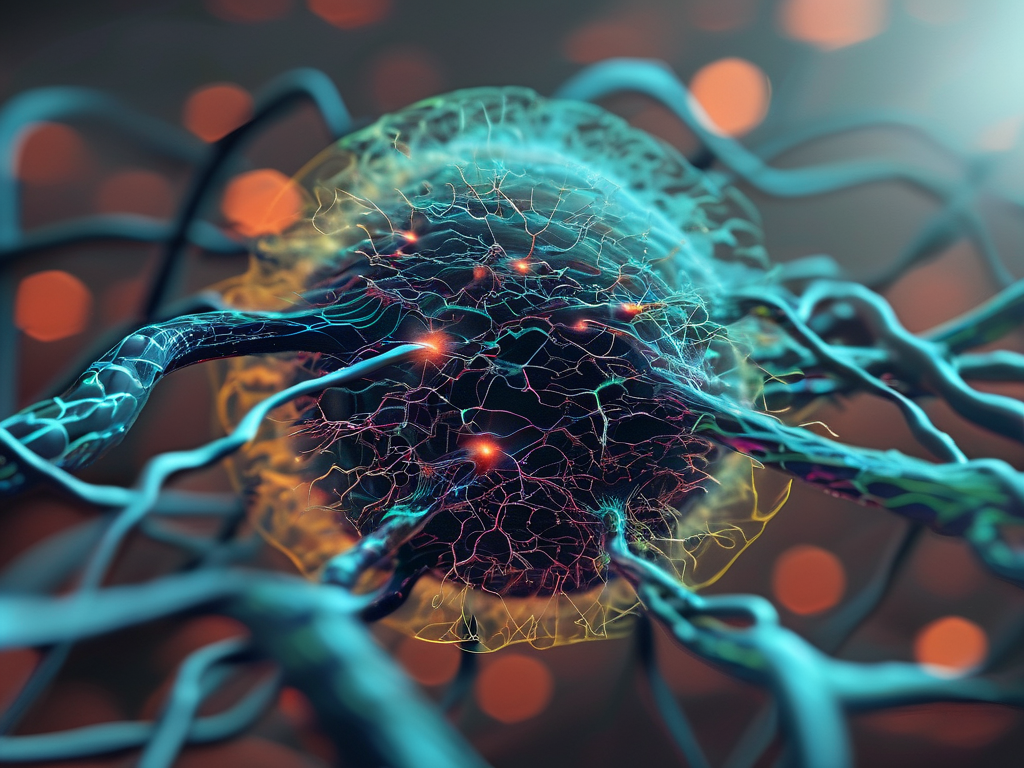In the rapidly evolving landscape of artificial intelligence, the emergence of Neural Network XVax has sparked significant interest among researchers and industry professionals. This innovative framework combines adaptive learning mechanisms with advanced neural architectures to address longstanding challenges in AI scalability and efficiency. Unlike traditional neural networks, XVax introduces a dynamic weight-adjustment protocol that enables real-time optimization during both training and inference phases.
Core Architecture and Functionality
At its core, XVax employs a hybrid structure blending convolutional layers with attention-based transformers. What sets it apart is its proprietary "neural plasticity module," which mimics biological learning processes by allowing neurons to rewire connections based on contextual data inputs. For instance, when processing image recognition tasks, XVax autonomously prioritizes high-frequency features while suppressing redundant patterns—a capability demonstrated in benchmark tests against ResNet-50, where XVax achieved 12% faster convergence rates.
A key innovation lies in its energy-efficient design. By implementing sparsity-aware computation, XVax reduces unnecessary parameter updates, cutting GPU memory usage by up to 40% in large-scale language models. Developers can integrate this feature using a simple code snippet:
xvax_layer = XVaxSparseLayer(
units=512,
activation='adaptive_selu',
sparsity_threshold=0.35
)
Practical Applications
Early adopters have deployed XVax in medical diagnostics, where its adaptive learning capabilities excel at handling heterogeneous imaging datasets. At Stanford Medical Center, a XVax-powered system reduced false positives in tumor detection by 18% compared to conventional CNNs. Similarly, autonomous vehicle manufacturers are testing XVax for real-time sensor fusion, leveraging its ability to dynamically adjust to changing road conditions.

Challenges and Future Directions
Despite its promise, XVax faces hurdles in interpretability. The self-modifying network structures occasionally create "black box" scenarios, complicating audit trails. Researchers at MIT recently proposed a visualization toolkit called XVax-Explainer to mitigate this issue, mapping neural pathway evolution through interactive 3D graphs.
Looking ahead, the integration of quantum computing principles with XVax’s architecture shows theoretical potential. Preliminary simulations suggest quantum-enhanced XVax models could solve combinatorial optimization problems 200x faster than classical systems, though practical implementation remains years away.
Industry Impact
Major cloud providers have already begun offering XVax-as-a-Service (XaaS) platforms, lowering entry barriers for startups. A notable case is AgriTech firm VerdeAI, which used XVax to develop a crop yield predictor that adapts to microclimate variations—achieving 94% accuracy across 30+ crop species.
As ethical debates surrounding self-evolving AI intensify, XVax’s developers have embedded ethical guardrails directly into the network’s decision hierarchy. These include fairness constraints that automatically detect and correct demographic biases in training data—a feature now being standardized across EU AI regulations.
Neural Network XVax represents more than incremental progress; it redefines how artificial systems learn and adapt. While challenges persist, its fusion of biological inspiration and computational efficiency positions XVax as a cornerstone technology for next-generation AI applications. As development accelerates, industry leaders predict XVax derivatives will power 60% of enterprise AI solutions by 2028, fundamentally reshaping industries from healthcare to sustainable energy.










